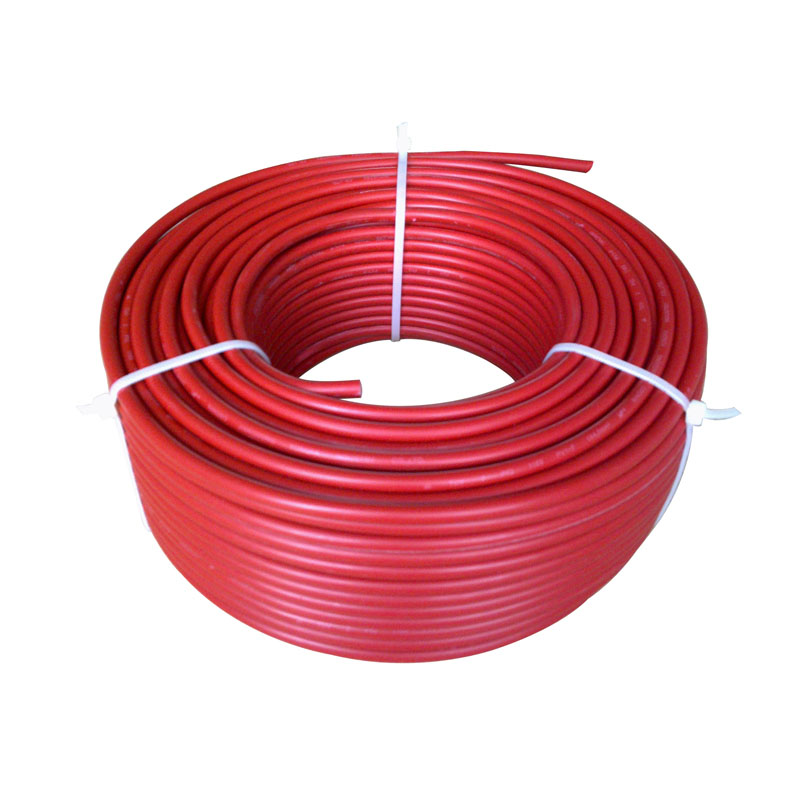The Critical Importance of Proper Wire Labeling in Electrical Installations
2024-05-25
In the intricate and potentially hazardous world of electrical installations, proper wire labeling stands as a fundamental practice that promotes safety, efficiency, and organization. While it may seem like a minor detail, accurate wire labeling is a crucial aspect of any electrical system, whether in residential, commercial, or industrial settings. Here’s an in-depth look at why proper wire labeling is so important and how it benefits both electricians and end-users.
Ensuring Safety
1. Reducing Electrical Hazards: Properly labeled wires are essential for preventing accidents and injuries. Clear labels help electricians quickly identify wires, significantly reducing the risk of accidental contact with live wires that can cause electric shocks, burns, or even fatalities.
2. Compliance with Safety Standards: Electrical codes and standards, such as the National Electrical Code (NEC) in the United States, often mandate proper wire labeling. Compliance with these standards ensures not only safety but also legal adherence, thereby avoiding potential fines and legal issues.
Boosting Efficiency
1. Simplifying Troubleshooting and Repairs: When an electrical issue arises, labeled wires enable electricians to swiftly identify and address the problem. This minimizes system downtime and ensures that repairs are carried out quickly and effectively, which is especially important in environments where time is critical, such as hospitals and data centers.
2. Easing Future Upgrades and Modifications: As electrical systems evolve and expand, proper labeling facilitates seamless integration of new components and modifications. This ensures that the system remains coherent and functional, allowing for smoother transitions and upgrades.
Enhancing System Organization
1. Maintaining Order and Clarity: In large-scale installations, such as commercial buildings or industrial plants, the sheer number of wires can be overwhelming. Proper labeling maintains order and clarity, making it easier for electricians to navigate and manage the system.
2. Supporting Documentation and Record-Keeping: Proper wire labeling aids in creating detailed documentation of the electrical system. This is invaluable for future reference, ensuring that anyone working on the system has a clear understanding of its layout and connections.
Best Practices for Wire Labeling
1. Use Durable Labels: Labels should be made from materials that can withstand environmental factors such as heat, moisture, and chemicals. This ensures that they remain legible over time.
2. Consistent and Clear Labeling: Labels should be clear, legible, and consistent throughout the installation. Standardized naming conventions and abbreviations enhance clarity and reduce confusion.
3. Incorporate Color Coding: Color coding, along with textual labels, provides an additional layer of identification, making it easier to distinguish between different types of wires at a glance.
4. Regular Maintenance and Updates: Labels should be regularly inspected and maintained to ensure they remain accurate and legible. Any changes to the system should be promptly reflected in updated labels.
Conclusion
Proper wire labeling is an indispensable practice in electrical installations. It enhances safety by preventing accidents, boosts efficiency by simplifying troubleshooting and repairs, and maintains organization by ensuring clarity and order. By following best practices in wire labeling, electricians can ensure the long-term reliability and safety of electrical systems. Investing in proper labeling is not just a good practice—it is a vital component of professional and responsible electrical work.



